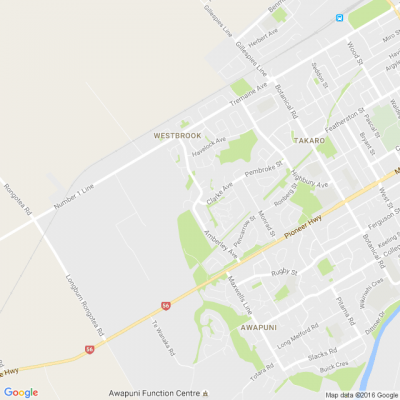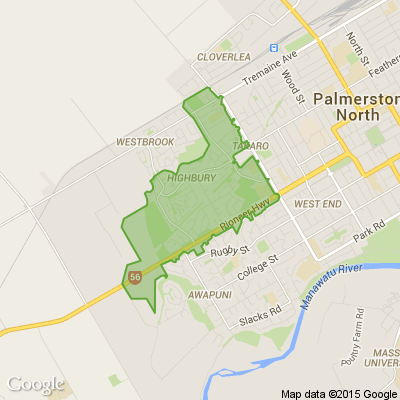Did Roman Blinds Come from The Romans?
Roman Blinds are one of the most popular blind styles available on the market today, but interestingly, their origins started rather differently to how we know it today…
Created more than 2,000 years ago in Rome (surprise, surprise!), essentially the concept of the Roman blind still remains the same today – to provide a simple solution to an everyday problem.
Introduced to The Eternal City in the ancient times, during the construction of the Colosseum, the Roman blind was invented out of pure necessity. Dust was constantly kicked up from the horse-drawn carriages and masonry remnants from the creation of the Colosseum, which was a nuisance and a huge inconvenience when windows were opened. Therefore, hanging a damp cloth from the windows seemed a natural solution to stop the dust from entering the home.
Once the blind (damp cloth) was well established in the home, it was soon discovered that as well as keeping the dust outside, it was also very useful in protecting against the very hot, Mediterranean sun and keeping their homes cooler.
The Romans are known for their love of elaborate decorations and the development of the Roman blind confirms this. They soon turned the damp cloths into ornate furnishing, with various patterns and colours to choose from, and once this was well established in the homes of many Romans, it became widespread throughout the whole Empire.
Following this, the strip of material then incorporated a drawstring, in order to lower and raise the blind as and when needed. The most common design of cord slats that interlinked is typical of Roman creativity, which came much earlier than even the simplistic roller blind.
Roman blinds remain a popular choice in modern homes. They’re available in a wide variety of styles and may be made from a range of materials, including bamboo, hemp, silk, reinforced cotton and other fabrics.
Roman blinds should be deep cleaned periodically. Unfortunately, they’re heavy and unwieldy to work with – and that’s where we come in. We can clean and repair your roman blinds – see out website if you’re interested in finding out more.

Poll: Do you think banning gang patches is reasonable?
With the government cracking down on gangs, it is now illegal for gang members to display their insignia in public places whether through clothing or their property.
This means arrests can be made if these patches are worn in places like restaurants, shops, on public transport or ferries, and on airplanes. Arrests were made recently at a funeral.
Do you think this ban is reasonable?

-
76.6% Yes
-
22.1% No
-
1.4% Other - I'll share below
What's your favourite recipe for courgettes?
Kia ora neighbours. If you've got a family recipe for courgettes, we'd love to see it and maybe publish it in our magazine. Send your recipe to mailbox@nzgardener.co.nz, and if we use it in the mag, you will receive a free copy of our January 2025 issue.

Pregnancy Study - Seeking participants for Massey Observational study
Are you less than 15 weeks pregnant or know someone who is?
I would love to hear from you regarding joining an Observation study on New Zealand Pregnant woman investigating Thyroid function. We are seeking participants who are: - ages 18 years or older - Who are early in their pregnancy (less than 15 weeks)
What your participation involves:
• We will ask you a series of questions about your dietary intake, supplement use and lifestyle.
• We will ask you to collect a sample of urine to analyse some micronutrients.
• We will take a blood sample to analyse for micronutrient status and thyroid function.
• After your baby is born we ask that you send us some of baby’s nail clippings
We reimburse your travel expenses.
If you or someone you know would like to take part, or to find out more about the study, please get in touch via email WOVEN@massey.ac.nz or phone 06 951 6437







 Loading…
Loading…



















